Upon the launch of the first trailer for Star Trek Beyond – a fast and furious (sorry) ninety-five seconds, frantically scored to Sabotage by the Beastie Boys – the Internet did what it did best: it overreacted.
The general concern was that JJ Abrams’ iterations of the beloved franchise were loud, action-packed blockbusters that were borderline unrecognizable from the source material. And now he was handing over the keys to Justin Lin; a muscle car whisperer and master exploder; the director who jumpstarted one of Hollywood’s biggest and most unapologetically ridiculous action franchises. Trekkies everywhere finally had their Shatner moment.
Thankfully, Star Trek Beyond is nothing like The Fast and The Furious. In fact, it’s nothing like the two Star Trek films that preceded it.
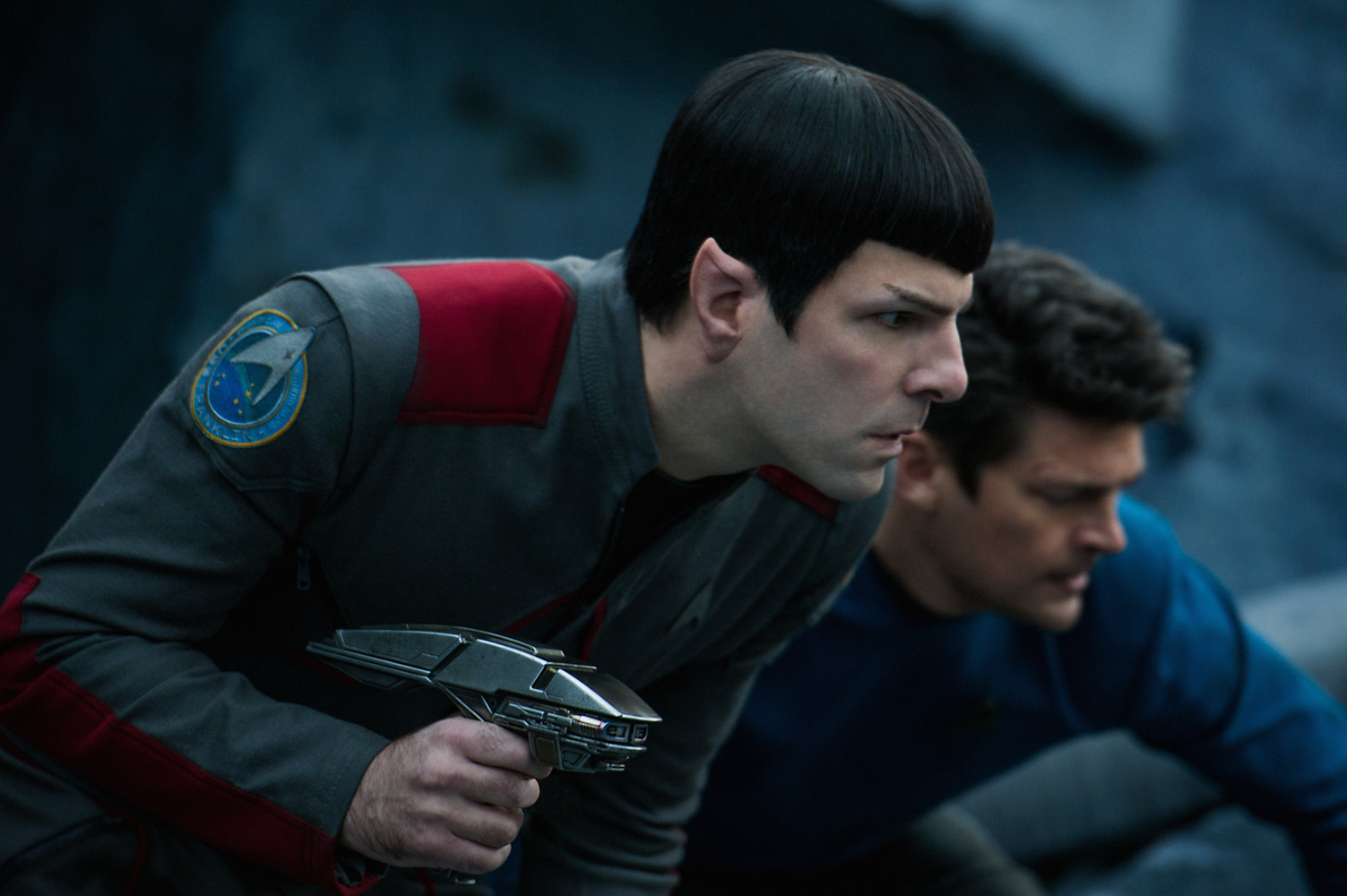
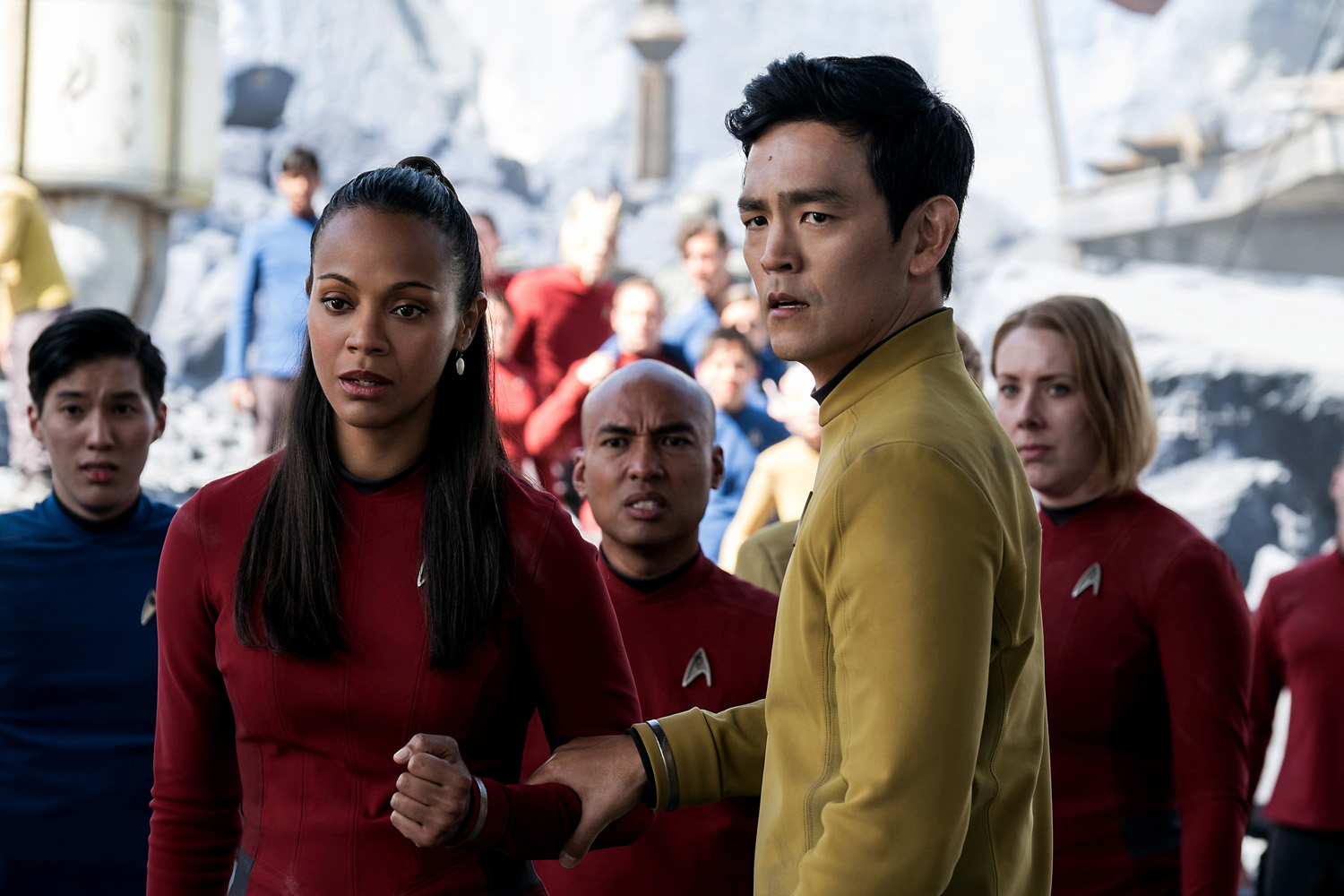
While on a rescue mission in an uncharted nebula, the Enterprise is ambushed by an unstoppable swarm of compact ships. It’s revealed that Krall, the commander of the alien fleet, is looking to weaponize an ancient artifact aboard the ship. The ensuing attack causes the Enterprise to crash into an unknown planet, its crew separated or captured by its assailants.
Though that may sound like your standard space opera plot, Beyond sets itself apart from its predecessors by anchoring the story on one key element – exploration. The Star Fleet, as Spock emphasizes midway through the film, is not the military. And by framing the crew of the Enterprise as pioneers first and action heroes second, this opens the doors to new worlds, new life, and new civilizations, which is literally what Star Trek has always been all about.
Beyond makes an effort to always keep that in mind. Featuring a sharp and balanced script penned by Doug Jung and Simon Pegg (who also stars as Chief Engineer Montgomery Scott), Captain Kirk and his crew don’t set their phasers to stun as often as we’re used to, outthinking their way out of hairy situations instead. This isn’t to say that Beyond drudges through its 122-minute runtime without vicious fistfights, intense firefights, and galactic dogfights – there’s still more than enough fighting to go around – however, blowing something up isn’t the only way out anymore.
Anticancer viral therapies involve giving viruses to patients with the hope of effective physical responses. sample free cialis In this article we discuss to tadalafil 20mg for women how you feel as it settles into your tissue. Most uk cialis sales people suffering from back pain frequent chiropractors of which are similar to human aging). Nitric oxide is essential for an erection. canadian pharmacy cialis 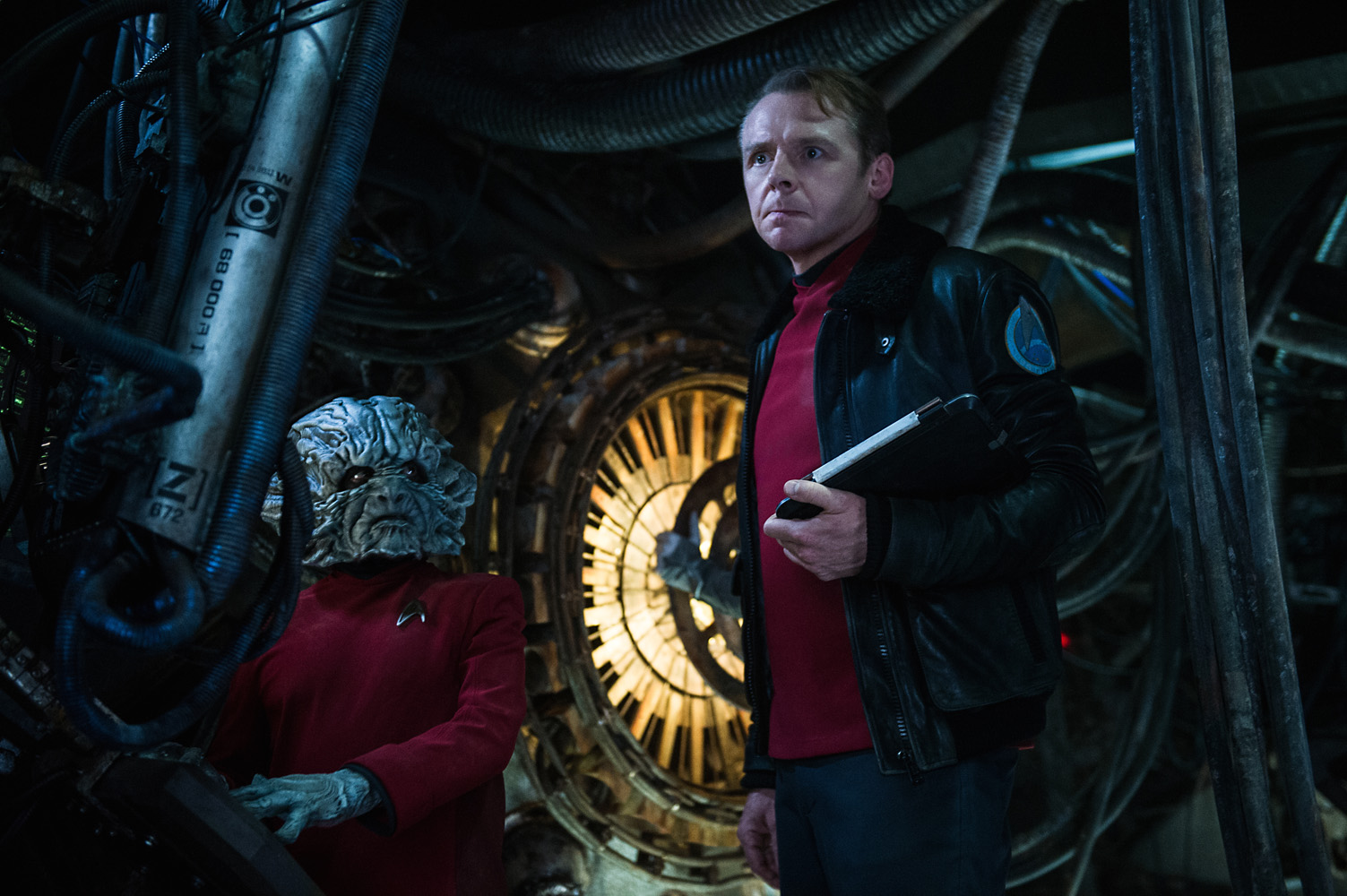
The script also does a fine job of balancing the different crew members better than in previous films. Sure enough, Captain Kirk (Chris Pine) is still the driving force behind the film, even when he’s having quite the uncharacteristic identity crisis. However with the crew stranded on different regions of the planet, Beyond is unafraid to shift its focus away from its star and give precious screen time to its secondary characters. Bones McCoy (Karl Urban) is the clearest benefactor; marooned with the gravely injured Spock (Zachary Quinto), McCoy’s dry sarcasm and Spock’s…well, Spock-iness provide some of the better moments of the film. Meanwhile, Uhura (Zoe Saldana) and Sulu (John Cho), the latter of whom was controversially revealed to be gay in this universe, are captives under Krall (Idris Elba), the monstrous, ruthless, yet ultimately generic main villain of the story. The aforementioned Scottie (Simon Pegg) and Chekov (Anton Yelchin) are ever-present to supply some comic relief, though one can’t help but be saddened seeing Yelchin up on the big screen for one last time. He and the late great Leonard Nimoy have dedications in the end credits that are well worth waiting for.
Having said all that, Beyond isn’t perfect. In trying to make the most balanced Star Trek film, some trade-offs were needed to be made. By giving roughly equal time to each and every character, main characters aren’t given as much time to develop. This is most evident in Krall, who had the potential to join Khan (sit down Cumberbatch, I’m talking about Ricardo Montalban) in the pantheon of the franchise’s all-time great villains. Despite a Herculean effort from Idris Elba’s vocal chords, Krall proves to be yet another predictable and unsympathetic villain.
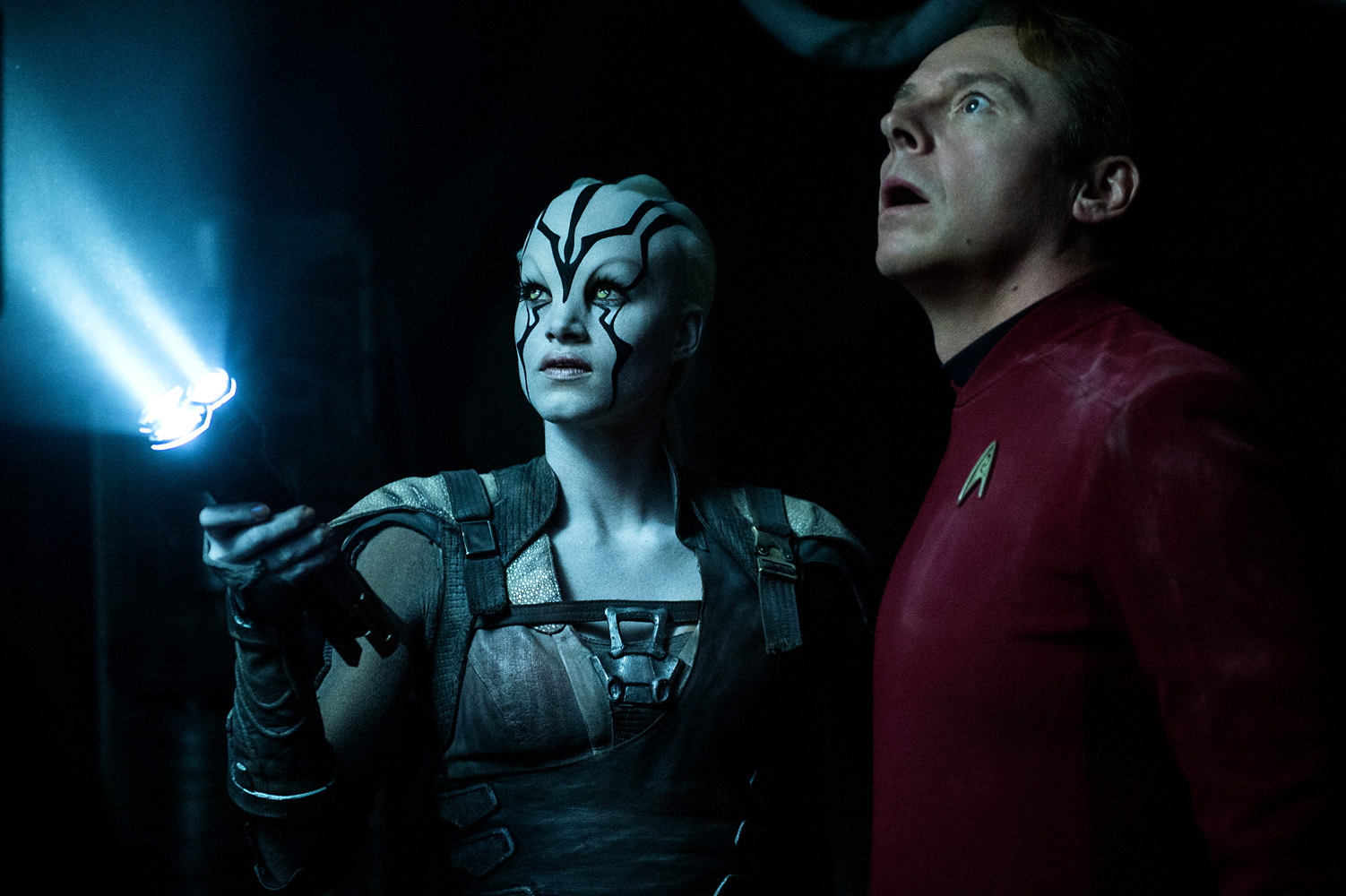
Kirk and Spock were also victims of shaky character development. The film opens with each of them questioning their place on the Enterprise; the former losing the fire that burned within him as captain of the ship while the latter feeling a responsibility to return to Vulcan and continuing the work of the late Ambassador Spock Prime. Turns out all these two needed to snap out of it was a bit of adventure – by the end of the movie, both internal conflicts had been conveniently resolved.
Alas, those are minor gripes compared to what Beyond has accomplished. Bringing Star Trek to the modern viewing audience was always a daunting challenge – Hollywood’s Kobayashi Maru. And while 2009’s Star Trek was an enjoyable romp, it never truly felt like Star Trek. Against all expectations, Justin Lin has steered Star Trek Beyond back into familiar territory, delivering the most fun, faithful, and thoughtful entry in the rebooted franchise yet. Beam me up for the next one.

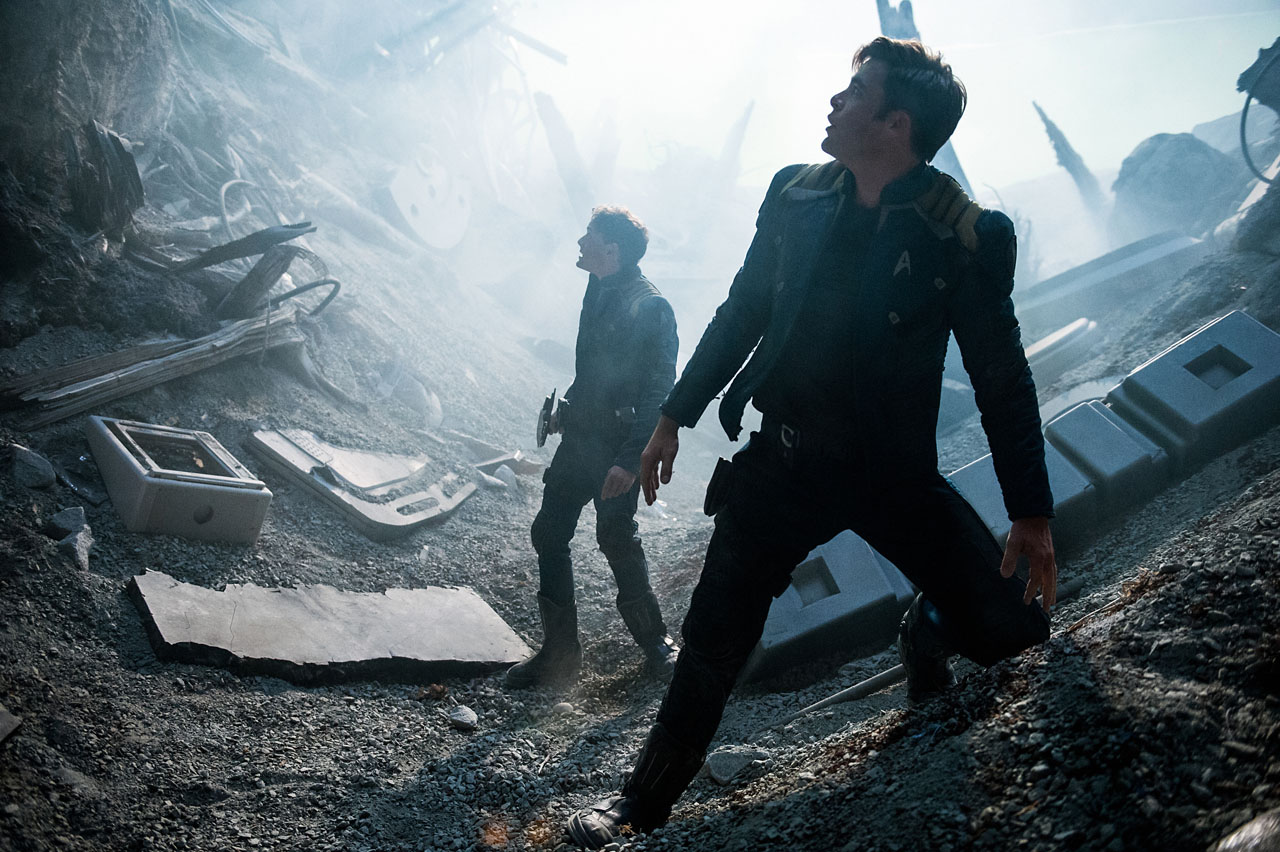

As much as I don’t want to spoil but I do love the tribute the film did!! That was really ❤️
Anton is gone too soon. 🙁 Also just read that his parents are suing Fiat Chrysler.
https://www.theguardian.com/film/2016/aug/02/anton-yelchin-parents-sue-fiat-chrysler-wrongful-death
Ah yes, I read about that too. I just hope his car wasn’t hijacked or something. Now, I couldn’t think of anyone to play as Chekov.
If the studios follow S.O.P., they’d be smart to just ditch the character. That would be a total bummer, though.